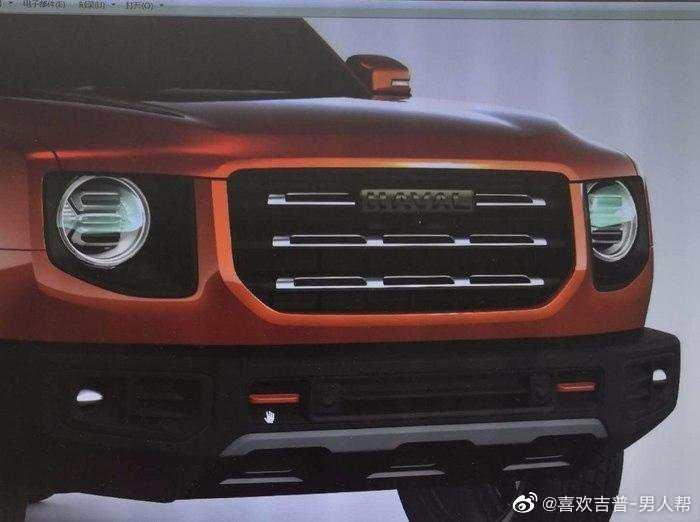
magic angle
Last year, a group of scientists presented the results of research that shocked the physics community. It turned out that sheets of graphene only one atom thick acquire remarkable physical properties when they are rotated at the correct "magic" angle with respect to each other (1).
At the March meeting of the American Physical Society in Boston, where the details of research in this perspective were to be presented, a crowd of scientists gathered. Some consider the discovery of scientists at the Massachusetts Institute of Technology the beginning of a new era.
Last year, a team of physicists led by Pablo Jarillo-Herrero placed a pair of sheets of graphene on top of each other, cooled the system to near absolute zero, and rotated one sheet at an angle of 1,1 degrees to the other. The researchers applied a voltage, and the system became a kind of insulator, in which the interaction between the atoms themselves and the particles impede the movement of electrons. As more electrons were introduced into the system, the system became a superconductor in which electric charge could move without resistance..
— — Jarillo-Herrero told Gizmodo. —
These magical effects of angular rotation are related to the so-called band (moiré stripes). This is a kind of stripe pattern created as a result of interference (superposition) of two grids of lines rotated at a certain angle or subjected to deformation (distorted in relation to each other). If, for example, one mesh is placed on a flat surface and another mesh is attached to a deformed object, then moiré fringes will appear. Their pattern can be very complex, and the location will depend on the deformation of the object under test.
The results of the MIT researchers have been duplicated by several teams, although verification is still ongoing and physicists are still investigating the essence of the phenomenon. Over the past year, more than a hundred new papers on this topic have appeared on the arXiv server. I recalled that theorists almost ten years ago predicted the appearance of new physical effects in such rotated and twisted graphene systems. However, physicists still do not understand many questions concerning the origin of the superconductivity phenomenon and the nature of dielectric states in graphene.
According to Harillo-Herrero, the interest in the subject is also due to the fact that recently the “hot” branches of physics, i.e. graphene research and other two-dimensional materials, topological properties materials (characteristics that do not change despite physical changes), super cold matter and wonderful electronic phenomenawhich arise from the way electrons are distributed in some materials.
However, overly excited about the new discovery and its potential applications in electronic devices, some facts cool down. For example, the graphene sheets rotated at a magical angle must maintain a temperature of 1,7 degrees Kelvin above absolute zero, and it turns out that they "would prefer" not to be held at an angle of 1,1 degrees - just like two magnets do not want to touch each other the same poles. It is also understandable that material as thin as one atom is difficult to manipulate.
Jarillo-Herrero came up with a name for the effects he discovered ("twistronika"?, "rotnik"? - or maybe "moristors", from stripes?). It seems that a name will be needed because many people in science and technology want to research this phenomenon and look for applications for it.
